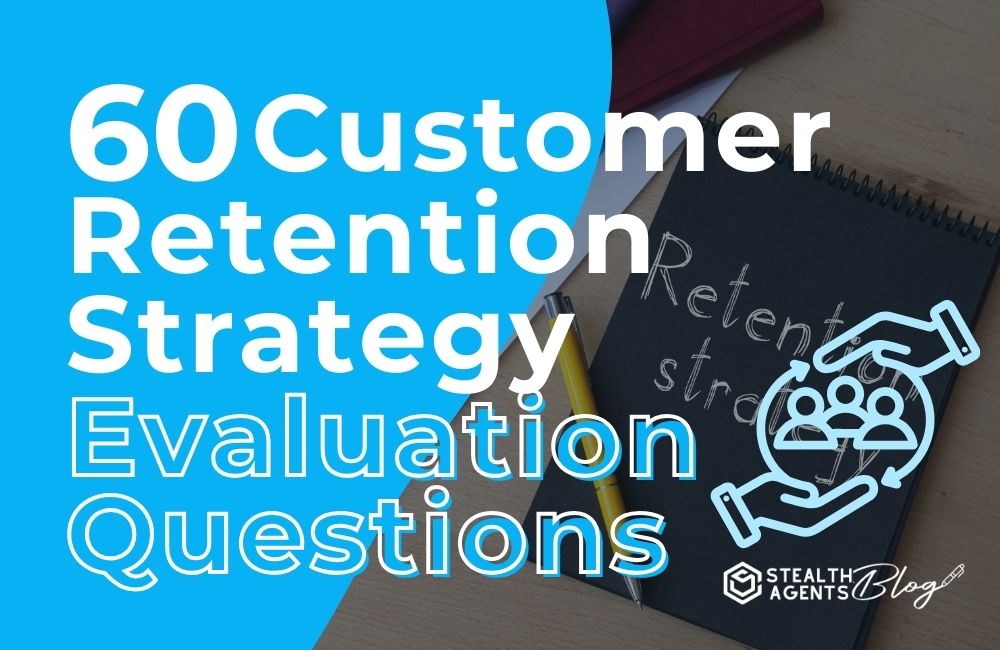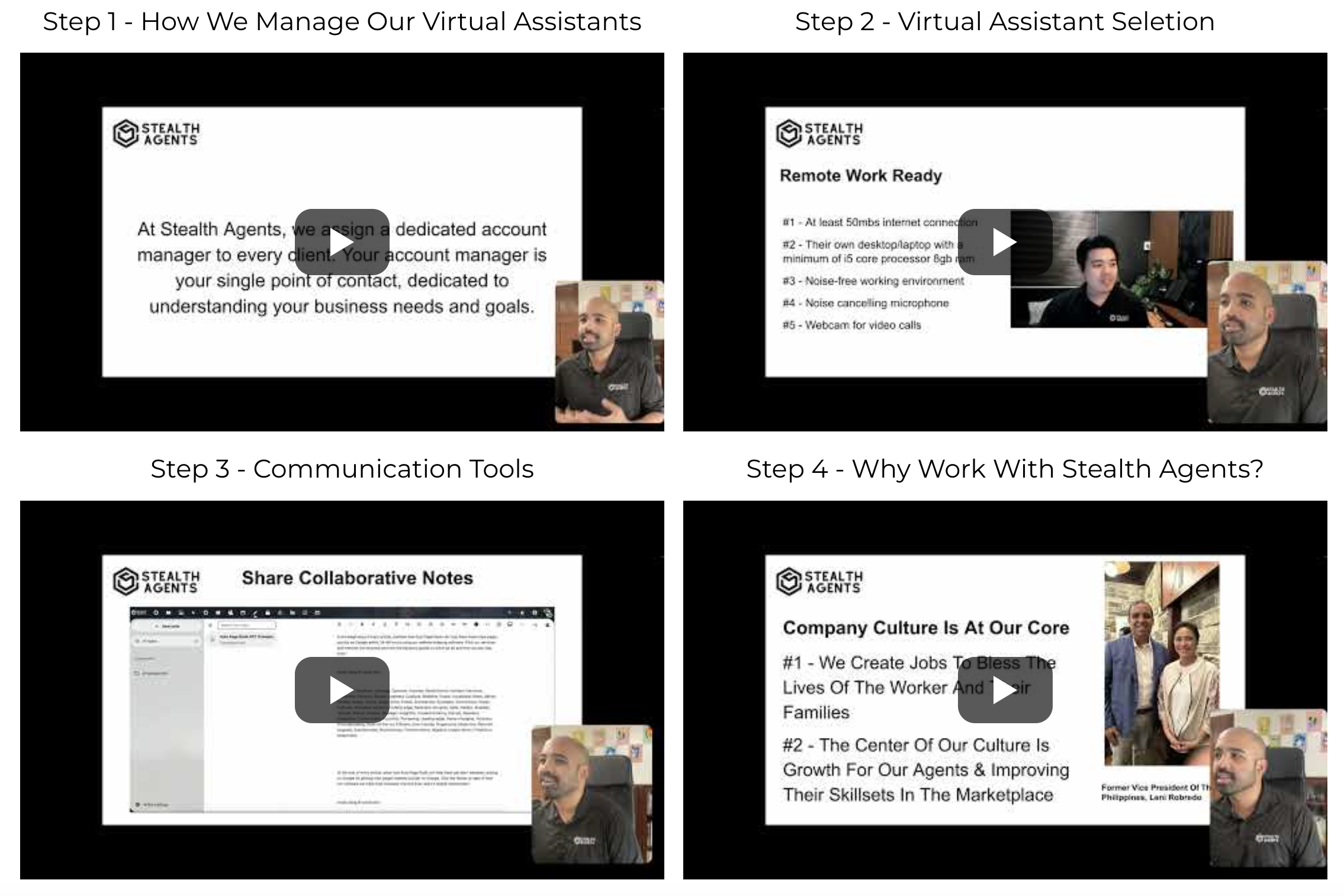Retaining customers is the lifeblood of any successful business, and to measure how well your strategies are performing, asking the right questions is essential. Let’s dive into the nitty-gritty of customer retention with 60 evaluation questions that could redefine your approach. Without a deep understanding of your customers and their needs, you’re just a sailor without a map—so let’s navigate to success together!
Importance of Customer Retention
Customer retention is a critical strategy for businesses aiming to sustain and grow their customer base. It focuses on engaging existing customers to encourage repeat business, foster loyalty, and increase lifetime value. Effective customer retention involves understanding customer needs, providing exceptional service, and creating personalized experiences. Techniques include loyalty programs, feedback loops, personalized communication, and consistent value delivery. Prioritizing customer satisfaction not only enhances retention but also turns customers into brand advocates. Implementing a robust customer retention program requires continuous effort and adaptation to changing customer preferences, ensuring businesses remain competitive and profitable in the long run.
Understanding Your Clientele
- Do you know who your most loyal customers are? If not, how could you identify them?
- How frequently do you communicate directly with your customers outside of selling interactions?
- Do you understand the key demographics of your customers, such as age, location, or occupation, and how does this understanding influence your retention strategies?
- Are there any segments of your customer base that are slipping through the cracks because they don’t fit your typical ‘ideal customer profile’? How are you addressing their needs?
- What is your customer’s preferred method of communication, and how can you use this to increase engagement?
- When was the last time you conducted a customer survey to gain insights into their satisfaction levels and needs?
Customer Service Touchpoints
- How many touchpoints does a customer have with your business before, during, and after purchasing? Are these consistent and what do they say about your brand?
- How seamless is the transition between your different customer service channels? Are there pain points that could be reducing customer satisfaction?
- Are your customer service representatives provided with the autonomy to resolve issues quickly and effectively without managerial approval?
- How are you ensuring that the experience with any customer service representative is aligned with your brand’s values?
- Can customers easily access and understand the information provided across different service touchpoints, such as FAQs or support articles?
- Do you actively monitor digital platforms for customer feedback, and how do you respond to both positive and negative comments?
Measuring Customer Loyalty
- What metrics do you use to measure customer loyalty (e.g., NPS, customer retention rate) and are these metrics giving you a clear understanding of customer satisfaction?
- Is there a correlation between the feedback you receive and the likelihood of repeat purchases?
- How do your competitors’ customer retention rates compare to yours, and what can you learn from their strategies?
- Do you encourage customers to leave online reviews and referrals, and is there an incentive for doing so?
- Are there any recurring patterns among customers who stop using your service or product, and what could be the cause of their attrition?
- How do you define customer churn within your business, and what is the threshold at which it becomes a major concern?
Personalization and Customization
- To what extent do you personalize your communication and offers based on the individual customer’s past interactions with your brand?
- How do you collect and utilize customer data to tailor the customer experience?
- Is your loyalty program simple and rewarding, or does it add unnecessary complexity and friction to the buying process?
- Have you implemented a system that allows you to remember your customer’s preferences and anticipate their needs?
- How do you acknowledge customer milestones, such as the anniversary of their first purchase or reaching a certain spend level?
- What are the ways you encourage feedback on your personalization efforts, and how do you act on the information provided?
Retention Marketing and Communication
- Do you have a content strategy that aims specifically to retain customers and maintain ongoing engagement?
- What channels are most effective for reaching your existing customers: email, social media, in-app messaging?
- How do you variate your communications to avoid becoming spammy or predictable?
- Do you use an editorial calendar to plan your retention communications in advance, to ensure regular touchpoints?
- Are there any metrics you’re using to measure the impact of your retention communications efforts, and are they effective for tracking success?
- What is the lifetime value of your average customer, and how do your communications aim to extend this value?
Community Building and Brand Advocacy
- How do you create a sense of community around your brand that encourages customer retention?
- Do you have any repeat-purchase or referral programs that can turn customers into brand advocates?
- Are there any public platforms where your customers gather, and how can you tap into these spaces as part of your retention strategy?
- How do you maintain transparency and keep your customers informed about changes within your organization or services?
- Do you actively work with influencers or key opinion leaders who can vouch for your brand and contribute to customer retention?
- How do you engage in cause marketing or support causes aligned with your customers’ values to build long-term relationships?
Product Enhancement and Development
- Do you have a robust system for product feedback, and how is it integrated into your development process?
- Have you considered customer councils or focus groups to gather input for future products and services?
- How quickly do you address common customer pain points within your product or service?
- Are you upfront with customers about upcoming changes or enhancements to your product or service?
- What kind of onboarding process do you have for new customers, and how does this set the stage for a lasting relationship?
- How do you educate your customers on the full potential of your product so they can utilize it to its fullest extent?
Handling Customer Complaints
- How do you handle escalated complaints or issues to ensure customer retention, and do you have a clear process for this?
- Is there a system for tracking and following up on complaints or issues to prevent similar problems in the future?
- What training do your employees receive to handle customer complaints effectively and professionally?
- Are there any recurring issues that customers face, and what steps are you taking to rectify them permanently?
- How do you ensure that your customer service team has the tools and resources they need to respond to complaints promptly and accurately?
- Do you follow up with customers after a complaint has been resolved to ensure they are satisfied with the resolution?
Operational Excellence in Retention
- How do the back-end operations of your business support your front-end retention strategies?
- Are there any operational inefficiencies that might be impacting customer retention, and how are you addressing them?
- Have you considered automating certain retention activities to ensure consistent and timely customer interactions?
- How do you empower your employees to go the extra mile for customers, and do you recognize and reward such behavior?
- Are there any ‘surprise and delight’ initiatives that you use to keep your customers happy and engaged?
- How do you measure the impact of operational changes on customer retention, and what are the key performance indicators here?
Technology and Analytics
- What technologies do you currently use to support your customer retention strategies, and are they effective?
- Have you considered investing in a customer relationship management (CRM) system to better understand and retain your customers?
- Do you have a data analytics team that can provide insights into customer behavior and trends that could inform retention strategies?
- How do you track and analyze customer interaction data to identify potential retention issues or opportunities?
- Are there any predictive analytics that you’re currently using or considering using to forecast customer churn and take preemptive action?
- How do you create a culture of data-driven decision-making that prioritizes customer retention throughout your organization.
Takeaways
By revisiting and revising your customer retention strategies, you show clients that they’re not just numbers on a spreadsheet, but individuals valued for their business and affirming that they’ve found a long-term partner in you. The journey to customer loyalty is ongoing, and these questions will serve as check-in points, steering you toward a horizon where loyalty is not just a buzzword but the bedrock of lasting customer relationships.











